Introduction
The global plastic machinery manufacturing industry is undergoing a radical transformation. Driven by technological advancements, environmental regulations, and shifting market demands, manufacturers of injection molding, blow molding, and extrusion machines must adapt—or risk falling behind.
In this article, we explore the key trends shaping the industry, from smart manufacturing to sustainability, and how leading companies are positioning themselves for the future.
1. The Rise of Smart Plastic Machinery
1.1 Industry 4.0 & IoT Integration
The Fourth Industrial Revolution (Industry 4.0) has made its way into plastic machinery. Smart factories now leverage:
- Real-time monitoring – Sensors track machine performance, detecting anomalies before failures occur.
- Predictive maintenance – AI algorithms analyze data to reduce downtime by up to 30%.
- Automated optimization – Self-adjusting machines improve cycle times and energy efficiency.
Case Study: A German manufacturer reduced energy consumption by 15% after integrating IoT-enabled injection molding machines.
1.2 AI & Machine Learning in Plastic Processing
Artificial intelligence is no longer a buzzword—it’s a competitive advantage. AI helps:
- Optimize material usage – Reducing waste in complex geometries.
- Enhance quality control – Vision systems detect defects faster than human inspectors.
- Streamline production planning – Dynamic scheduling adjusts to real-time demand.
Industry Challenge: Smaller manufacturers struggle with high upfront costs for AI adoption.
2. Sustainability: The Green Revolution in Plastic Machinery
2.1 Demand for Bioplastics & Recycled Material Processing
With single-use plastic bans and Extended Producer Responsibility (EPR) laws, manufacturers must adapt:
- Bioplastic-compatible machines – Modified extruders and molds for PLA, PHA, and starch-based polymers.
- Advanced recycling systems – Chemical recycling equipment gains traction alongside mechanical recycling.
Regulatory Impact: The EU’s plastic tax (€800 per ton of non-recycled packaging) pushes brands toward sustainable solutions.
2.2 Energy-Efficient Machinery
Electric and hybrid machines are replacing hydraulic systems:
- All-electric injection molders – 50-60% less energy consumption vs. hydraulic models.
- Servo-driven extruders – Precise control reduces material waste.
Leading Example: Japan’s Fanuc and Germany’s Arburg dominate the electric machine market.
3. Emerging Markets & Industry-Specific Growth
3.1 Southeast Asia: The New Manufacturing Hub
Countries like Vietnam, Thailand, and Indonesia are attracting investments due to:
- Lower labor costs
- Growing domestic plastic demand
- Strategic export locations
Market Insight: Chinese manufacturers (e.g., Haitian) are building factories in Vietnam to bypass tariffs.
3.2 High-Growth Sectors Driving Demand
- Medical – Ultra-clean molding for syringes and IV parts.
- Automotive – Lightweight components (e.g., microcellular foaming).
- Packaging – Flexible films for e-commerce.
Key Stat: The medical plastics market will reach $69 billion by 2030 (CAGR 7.2%).
4. Challenges Facing the Industry
Despite opportunities, manufacturers must navigate:
- High R&D costs for cutting-edge tech.
- Supply chain disruptions (e.g., semiconductor shortages affecting control systems).
- Skilled labor shortages – Engineers with expertise in mechatronics and polymer science are in high demand.
5. The Future: What’s Next for Plastic Machinery?
5.1 Hyperautomation & Lights-Out Factories
Fully automated production (24/7 operation with minimal human intervention) will become standard.
5.2 Circular Economy Integration
Closed-loop systems where machines process recycled materials on-site will gain popularity.
5.3 3D Printing Convergence
Hybrid machines combining injection molding and additive manufacturing could disrupt traditional production.
Conclusion
Plastic machinery manufacturers must embrace smart technology, sustainability, and globalization to thrive. Companies leading in IoT, energy efficiency, and emerging markets will define the industry’s future.
Discussion Question: Which trend—smart manufacturing or green technology—will have a bigger impact on the industry? Share your thoughts in the comments!

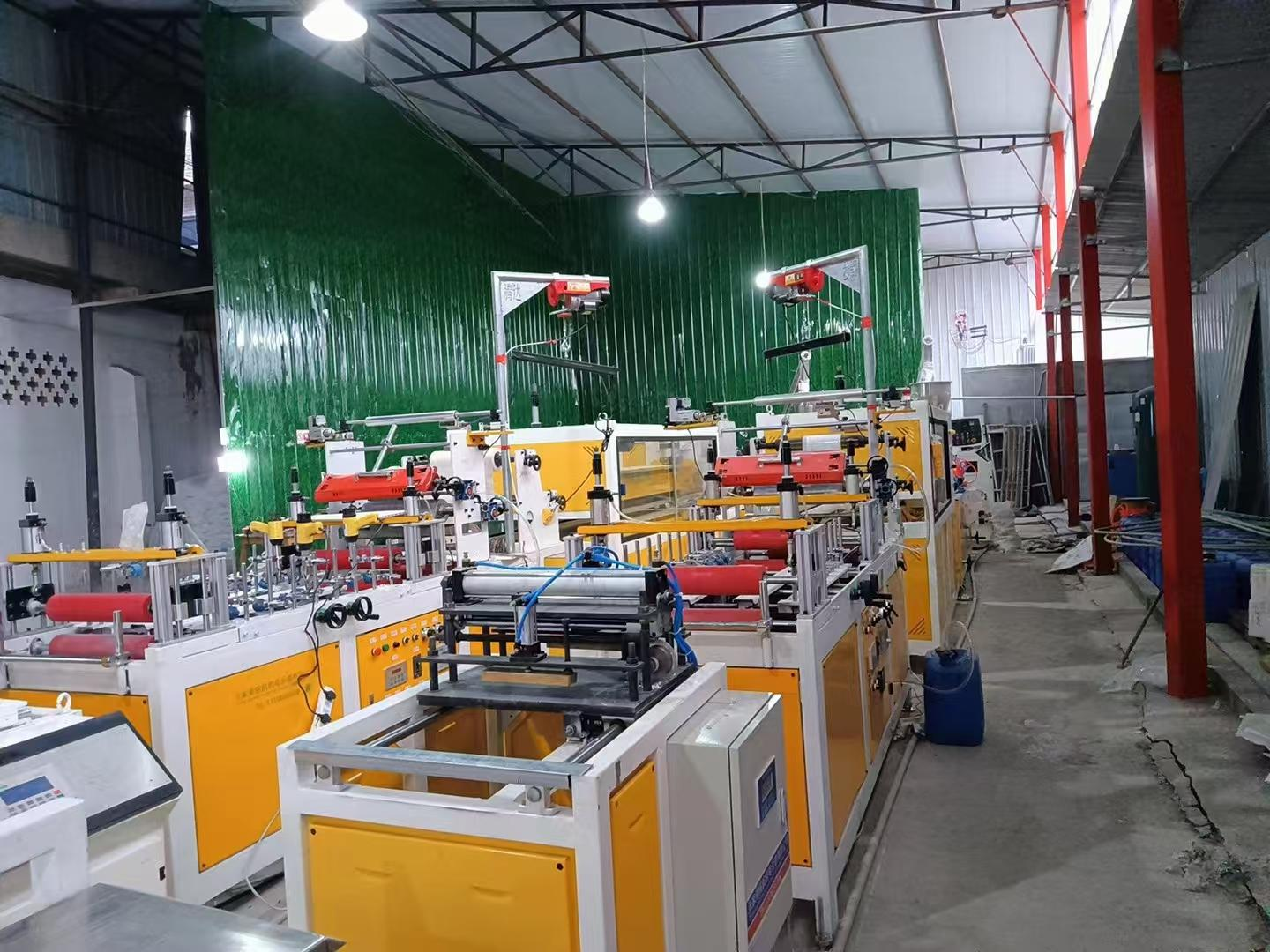
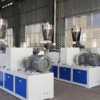
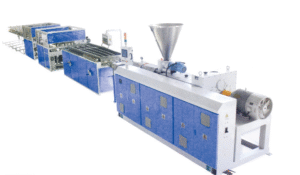
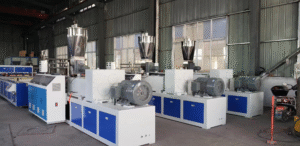
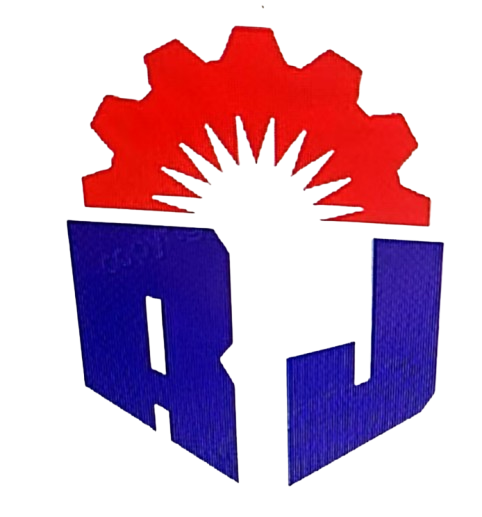
Add comment